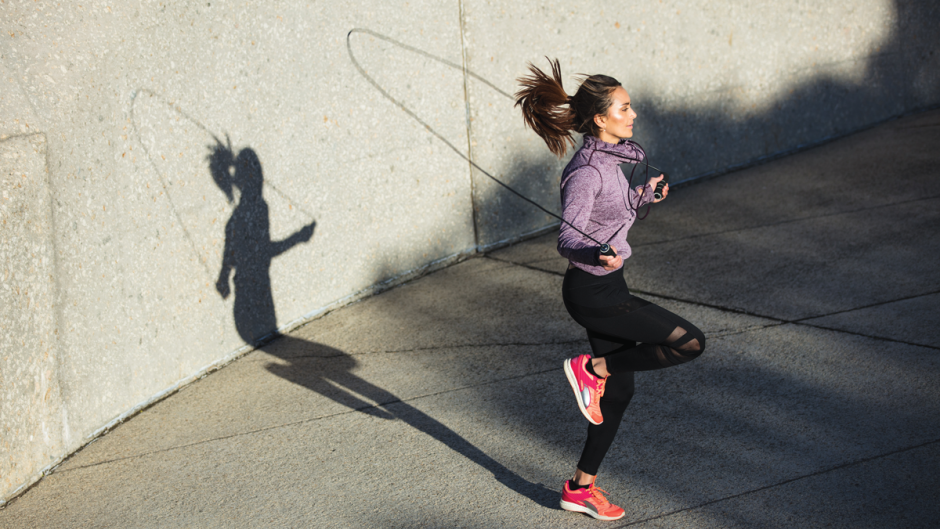
Shutterstock
Take on Your Workouts with Confidence
Article produced in conjunction with Poise®.
Looking to ramp up your exercise routine? Don’t let anything hold you back from taking on your workouts — not even a fear of leaks.
“Working out is so important to your overall health,” says Dr. Heather Jeffcoat, DPT, Pelvic Health Physical Therapist and Poise® partner. “But nearly 1 in 5 women are hesitant to take exercise classes because of fear of leaks1. Poise® offers a variety of comfortable products to help manage leaks and I recommend the new One by Poise® 2-in-1 pads for period weeks and bladder leaks — made with wings to help stay-in-place during workouts or pelvic floor exercises like Child’s Pose or Supine Butterfly Stretch.”

Stay on track with your workout goals, no matter what life throws at you. “A pelvic health therapist can help you incorporate pelvic floor exercises to reduce stiffness from period cramps and help prevent or control pee leaks,” says Dr. Jeffcoat. “When doing exercises on other muscle groups, always start by supporting your pelvic floor first with a pelvic floor contraction. Gently activate the abs then build other exercises on top of it.”

Here are Dr. Jeffcoat’s top exercises and stretches for pelvic health.
Top Exercises to Engage the Pelvic Floor:
- Donkey Kick-Backs
- Quadruped Single Leg Hip Extension
- Sidelying Leg Raises
- Chair Pose
- Standing Heel Raises (with progression)
- Kegels
2-in-1 Pelvic Floor Stretches to Reduce Period Cramps & Bladder Leaks:
- Lying Gluteal into Piriformis Stretch
- Child’s Pose
- Quadriceps and Hip Flexor Stretch
- Supine Butterfly Stretch
No matter what workout you choose, make sure you stay fresh and worry-free with the NEW One by Poise® 2-in-1 pads with built-in side barriers. Absorbencies include an Extra Coverage Liner, Regular Pad or Heavy Pad. One by Poise® pads are available in the femcare aisle. Visit Poise.com for more information.

1These findings are derived from an online survey of a nationally representative sample of 1,173 women 25+, including an additional oversample of 200 new moms, that was fielded between February 1 and February 8, 2021 at 95% confidence with a margin of error of +/-3%.





































